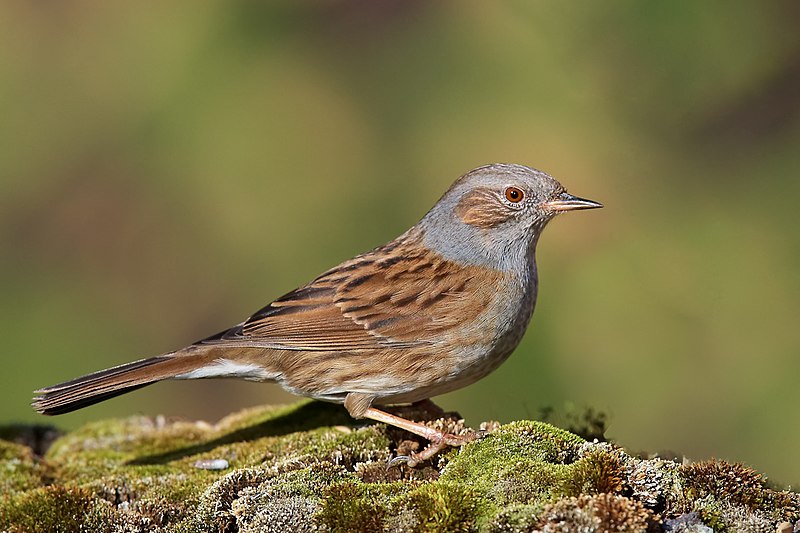Dunnocks are nondescript garden songbirds native to much of Europe and the Middle east, and can be found in parts of Asia. They have also been introduced to New Zealand, and it was there that Simon Lamb and his colleagues chose to study a peculiar aspect of avian biology.
For almost all species of birds, nest sanitation is crucial. Nestlings poop, and if the nest isn’t to become fouled and stinky, a situation that has the potential to attract predators, something must be done with all of that faeces. In order to make things easier for the parents, the nestlings of some species deposit their wastes in a sac which the adults can carry away from the nest.
Lamb et al. studied an odd behaviour associated with fecal sacs. Although it has not been studied very well, it seems that a lot of parent perching birds sometimes eat the faecal sacs of their chicks, rather than simply discarding them. The ingestion of waste products is known as coprophagy, and it is so remarkable that it requires an explanation.
As Lamb and his colleagues pointed out, two explanatory ideas have been proposed for coprophagy. The first of these suggests that by eating their chicks’ wastes, parents may be taking advantage of nutrients that the chicks did not absorb. This might be most relevant early in the nestling’s life, when its digestion system is not particularly efficient such that some nutrients pass right through. The alternative explanation suggests that the time and energy demands on parents with young chicks is almost certainly very high, and that swallowing faeces is a time-effective way of dealing with nest sanitation. It is possible, of course, that coprophagy is performed for both of these reasons.
Some Dunnocks choose to lead complicated lives. Monogamous partnerships are frequently observed, but so too are polyandrous triads in which a female is mated to two males. The direct costs of reproduction are higher for females than for males because the former build the nest, incubate the eggs and brood the chicks. Among their breeding-season tasks, males contribute to feeding the chicks. The New Zealand researchers made a number of predictions about the frequency of coprophagy by Dunnocks based on their reproductive behaviour.
The study was conducted on the botanic gardens inn Dunedin. Dunnocks were colour-banded for individual identification, and the comings and goings of birds at twenty-six nests were documented with video cameras.
Coprophagy was observed at nineteen of the twenty-six nests under scrutiny. Females were more likely to eat the faecal sacs of their chicks than were males. There were no statistical differences between the consumption of faecal sacs by either males or females in monogamous versus polyandrous partnerships. As the nestlings got older, coprophagy was observed less frequently. Although their results did not allow for a definitive answer about the reason why parent birds eat the faeces of their chicks, Lamb et al. felt that the parental nutritional hypothesis was best supported.
It is not yet clear what cues parents use in their decision to eat or discard a particular faecal sac. Smell… colour… texture… taste? That question will have to await future research. In the meantime, waste not, want not.
Lamb, S. D., et al. 2017. Coprophagy in Dunnocks (Prunella modularis): a frequent behavior in females, infrequent in males, and very unusual in nestlings. Wilson Journal of Ornithology 129:615-620.
Photo credit: Dunnet - upload.wikimedia.org


